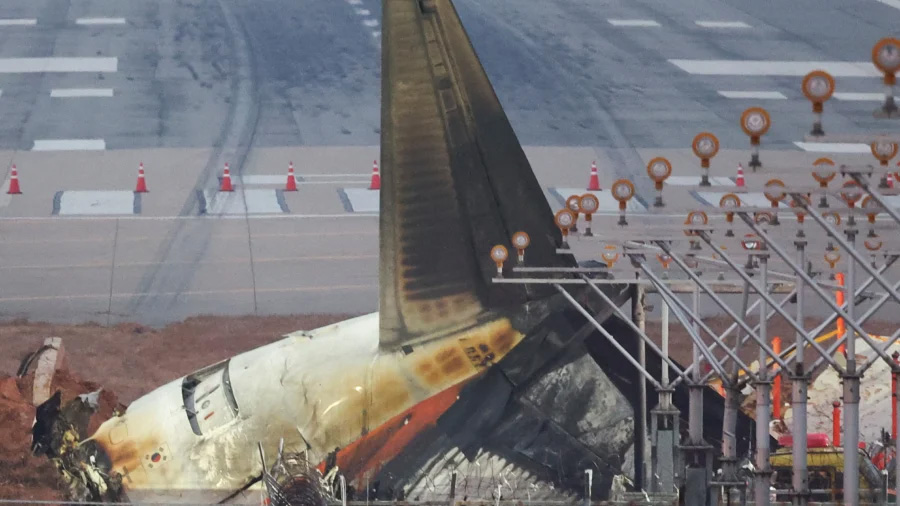Embankment Effect

Embankment Effect is a phenomenon where an aircraft experiences altered airflow when flying close to raised terrain, such as hills or embankments. This effect can cause changes in lift and stability, requiring pilots to make adjustments in altitude and power settings to compensate for variations in aerodynamic forces.
Ground Vibration Booms
When an aircraft or other vehicle approaches or exceeds a critical velocity near an embankment, the vibrations of the vehicle and the ground can increase rapidly, potentially causing damage to passengers and nearby residents. This phenomenon is known as a ground vibration boom.
Critical Embankment Velocity
The critical velocity is similar to the speed of sound, which causes a sonic boom, but the transferring medium (the embankment) is more complex, with multiple critical velocity values depending on the soil-structure coupling.
Embankment Placement and Safety
Embankments are sometimes built near runways to house navigational equipment like localizers, which are essential for safe landings. However, the presence of obstacles like embankments near the end of runways can pose safety risks, as seen in the South Korean plane crash investigation.
South Korean Plane Crash Investigation
A recent plane crash in South Korea highlighted the importance of runway safety and the role of embankments, with investigators examining the impact of a concrete barrier at the end of the runway.
Other Factors
Other factors that can contribute to aircraft embankment effects include the speed of the aircraft at touchdown, the deployment of landing gear and flaps, and the presence of other obstacles or hazards near the runway.
